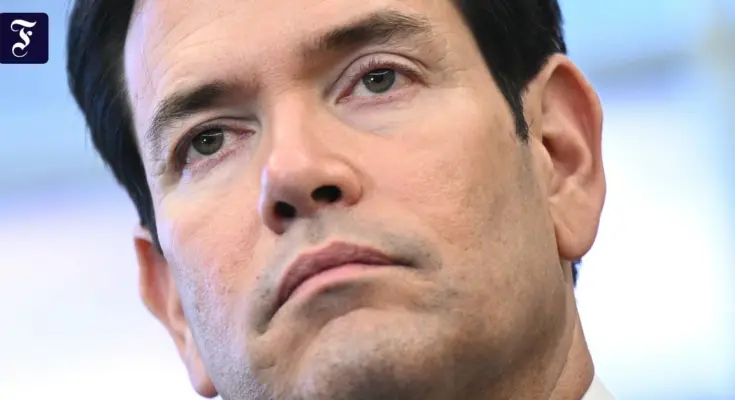America’s controversial plan to end the war in Ukraine would have a positive impact on Russian aggressors – but who wrote the 28-point draft? US Secretary of State Marco Rubio and several senators have openly contradicted themselves on the question of who created the peace plan.
To date, the US government has presented the plan as its own design, although critics suspect that it is largely Russian in origin, given its bias in favor of Moscow. On Saturday (local time), two US senators reported, citing a telephone conversation with Secretary of State Rubio, that the plan attributed to Washington was not developed by the United States.
Not long afterward, the minister denied this on Platform X and emphasized that the United States was the originator of the plan. It serves “as a robust framework for ongoing negotiations.” The agreement was created by the US and was based on “advice from the Russian side, as well as past and current contributions from Ukraine,” Rubio wrote.
Senators presented the situation differently
Hours earlier, several senators appeared before the press at a security forum in Halifax, Canada, to report on their conversations with Rubio. Republican Senator Mike Rounds said about the peace plan that has been presented to the US government. “That’s not our recommendation, that’s not our peace plan,” he quoted Rubio as saying.
According to Senator Angus King, the 28-point plan is “basically a Russian wish list.” The draft is “a guide to narrowing the points of contention between Ukraine and Russia,” he said. We must now work to bring about a peace “that respects Ukraine’s integrity and sovereignty, does not reward aggression and offers appropriate security guarantees.”
According to Senator Rounds, an unnamed person conveyed the plan to US special envoy Steve Witkoff. The person should be seen as a representative of Russia. Rounds added that the US government had not yet made the plan public. “It was leaked,” he continued, referring to recent media reports announcing the plan.
Consultations in Geneva with Ukraine and its allies
According to Democratic Senator Jeanne Shaheen, Rubio spoke with them while he was on his way to Geneva. America today wants to discuss the plan with representatives from Germany, France, Britain, the European Union and Ukraine. The goal of European countries is to avoid what they consider unacceptable concessions to Russia. The meetings in Geneva took place at the level of advisers to heads of state and government – and Rubio is also US President Donald Trump’s national security adviser.
Plan demands major concessions from Ukraine
The draft peace plan has been circulating in US media for days. The 28 points in the draft were very beneficial for Russia. Ukraine, in turn, will be asked to make major concessions. The proposal, for example, stipulates that Ukraine must also cede previously defended territory to Russia and limit its military capabilities, for example in terms of long-range weapons and personnel numbers. In addition, NATO must declare its rejection of any expansion.
Trump puts pressure on Ukraine
Trump asked Ukraine on Friday to approve the plan by this Thursday, which is the US Thanksgiving holiday. A day later, Trump took a softer stance and signaled that this might not be the final offer.
According to the Washington Post newspaper, the US attributed the ultimatum to a threat. If a country attacked by Russia rejects the plan, it would have to face the loss of US support, the newspaper reported.
Senator King said Thursday’s deadline was not binding. He also said he knew nothing about the fact that America would stop providing intelligence or other support to Ukraine if the country did not approve the plan within a specified time limit. Senator Rounds said Secretary Rubio was not informed about this either.
White House: “Good plan for Russia and Ukraine”
US government spokeswoman Karoline Leavitt recently said that Rubio and Witkoff’s plan had been in development for weeks. The two exchanged views with representatives of Russia and Ukraine to understand what each country wants to do to achieve lasting peace. “This is a good plan for Russia and Ukraine,” he said. “And we believe this should be acceptable to both parties.”



